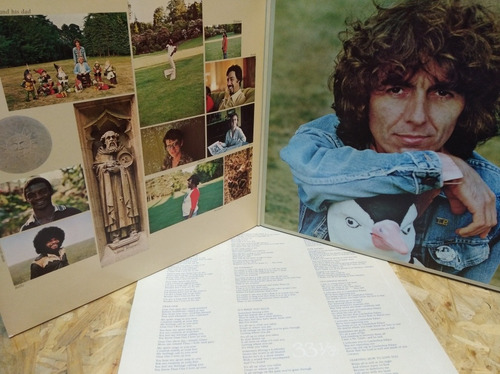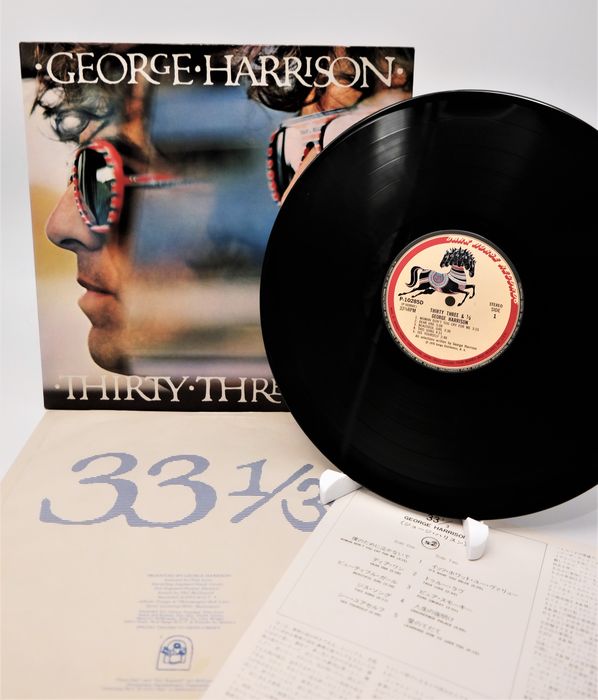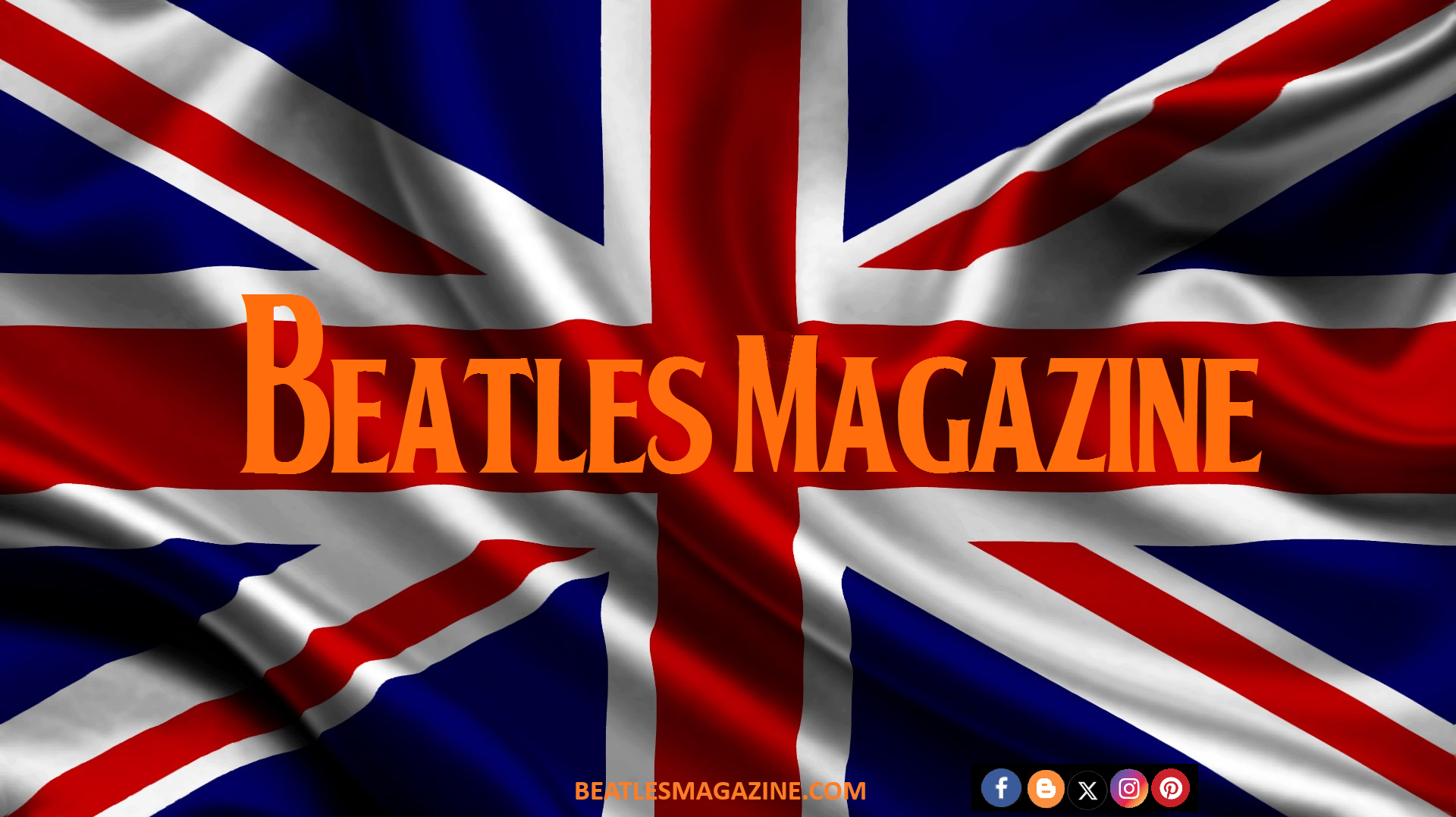George Harrison’s seventh solo studio album was recorded at his home in Oxfordshire, Friar Park, in 1976.
In September 1974, George Harrison’s record label, Dark Horse Records released its first two singles. The first was Ravi Shankar’s “I Am Missing You.” Produced and arranged by Harrison, it is a rare Shankar composition in a Western pop style. The other single to come out that same day was Splinter’s “Costafine Town,” which went Top 10 in Australia and South Africa and made the UK top twenty.

Two years later, with his contractual obligations to other labels at an end, and with the winding down of Apple Records, George signed to his own label. In the intervening years, there had been other Dark Horse records releases by Stairsteps, Jiva, Henry McCullough (following his departure from Wings), and a band called Attitudes. First brought together on Harrison’s 1975 album Extra Texture (Read All About It), Attitudes included keyboard player David Foster, who also played on George’s debut for Dark Horse, Thirty Three & 1/3.
George’s seventh solo studio album was recorded at his home, Friar Park between the end of May and mid-September 1976, and was released two months later on November 19.
Shortly after beginning to make this record, George contracted hepatitis, which left him unable to work for much of high-summer. Once he regained his health, thanks to acupuncture and other non-traditional remedies, George quickly finished the album, coming up with its title to both reflect his age and the speed at which long-playing records revolved.
The other musicians on the album are all Americans, including bassist Willie Weeks, drummer Alvin Taylor, keyboard players Richard Tee and David Foster, and jazz percussionist Emil Richards. George also involved two of his long-standing musical friends, Gary Wright and Billy Preston, on keyboards. The other musician on the album was horn player Tom Scott who had been working with George for a while and he is also credited as helping with the album’s production – with George as the main producer.

One of the songs on the record, “See Yourself,” George had started writing in 1967. And that was not the only song with a long gestation; both “Woman Don’t You Cry for Me” and “Beautiful Girl” also had their origins in the late 1960s. The first of these, and the album’s opening track, he had come up with while touring with, Delaney & Bonnie. It features George’s slide guitar playing and it had been Delaney Bramlett who had introduced his more famous band-member to the idea of playing slide. Both “See Yourself” and “Dear One” were inspired by Paramhansa Yogananda, the author of Autobiography of a Yogi a book George had read on his visit to India in September 1966.
Among the new compositions is, “This Song” which was George’s musical comment on his trials and tribulations over the plagiarism accusations of “My Sweet Lord” and its similarities to The Chiffons’ “He’s So Fine.”

“Crackerbox Palace” is George’s account of his meeting with the manager of the comedian, Lord Buckley, earlier in 1976. For many, the standout track on what some have called, “George’s soul album” is the exquisite, “Pure Smokey” a tribute to Smokey Robinson. This delicate and beautiful ballad in recognition of the Motown legend features two of George’s most lovely guitar solos.
The lead single from Thirty Three & 1/3 was “This Song” and another track off the album, the gorgeous, “Learning How To Love You,” was chosen as the B-side. George’s UK single, “It’s What You Value” features the opening track “Woman Don’t You Cry For Me” as its B-side. “It’s What You Value” was written after drummer Jim Keltner asked for a new Mercedes sports car, rather than a cash payment for touring with George in 1974.
The record features one cover, “True Love” a version of Cole Porter’s song, made famous by Bing Crosby in the film, High Society.
Thirty Three & 1/3 outsold both, Dark Horse and Extra Texture in America, peaking at No. 11 on the charts. Inexplicably, given the quality of the songs, it only made No. 35 in the UK, entering the chart on January 8, 1977; but then again, two days after George finished recording his album, the Festival Of Punk took place in London’s 100 Club… the musical times were a-changin.’
“This Song” and “Crackerbox Palace” peaked at No. 26 and No. 19, respectively, on the Hot 100; none of the three singles released in the UK charted.

